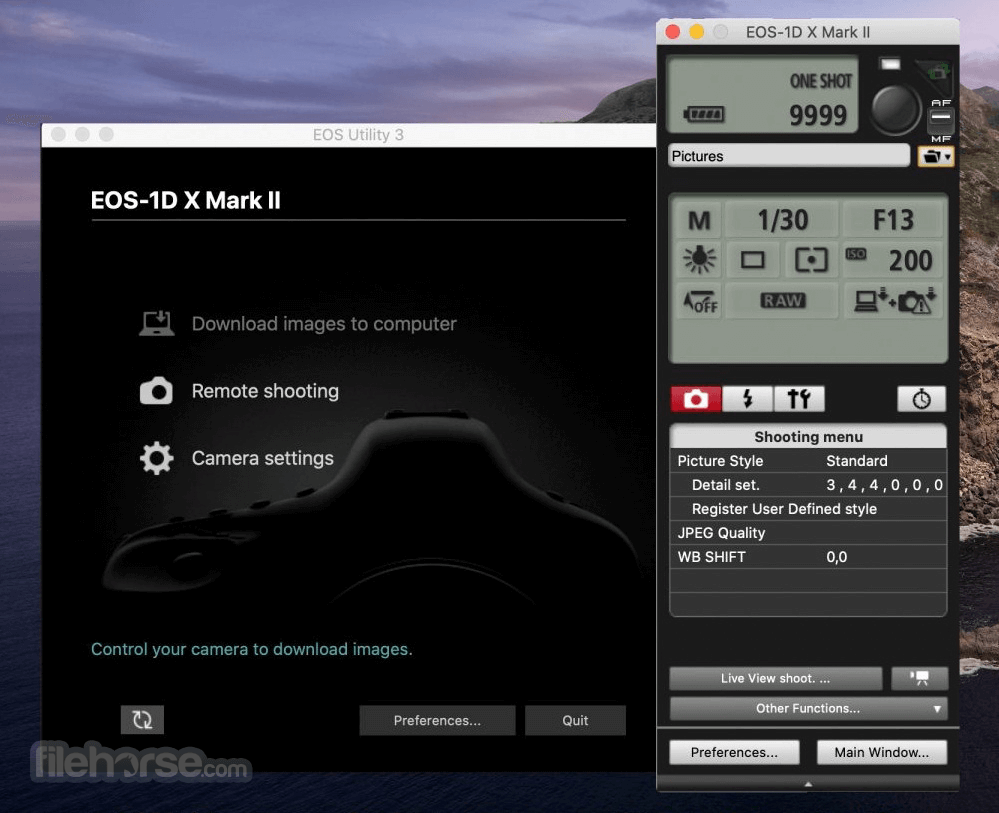
Using video from your connected or built-in iSight camera Therefore, you can copy them to your Mac first and then drag them into the iMovie Clips pane from Finder or import them using Import from the "File" menu.
#Digital video camera for mac how to#
While iMovie doesn't know how to import video from these devices directly. Many digital still cameras, PDAs, and mobile phones let you record videos in the MPEG-4 format, a standard compression that is used to significantly reduce the file size of video. Import video to Mac before importing to iMovie To make this settings, go to iMovie > Preferences > Video. But you decide whether to import HD camcorder video, or just large video. iMovie supports importing and editing video from HD camcorders (HDV 1080i or 720p). HD camcorders store more pixels than a standard camcorder, letting you record high quality video footage. Do this: from the iMovie menu, choose Preferences, click Import, and then deselect the "Start a new clip at each scene break" option.

This may be very useful if you're importing a movie that you've already edited and you just want to make a minor change. Rather than importing your video as separate clips, you can set iMovie to import your MTS video as a single clip. Import video as one clip (iMovie HD, iMovie '09) If you will add MPEG-4 files from your PDA or phone, select MPEG-4. For importing video from your camcorder, choose between DV, DV Widescreen, HDV 1080i, and HDV 720i. IMovie only compatible with limited video formats. Also click the Connection Help button for more suggestions. Also make sure your camcorder is set to VCR, VTR, or Play mode.

When you have your camcorder connected with a cable, but is prompted "No Camera Attached", ensure your camera is powered on and re-connect your camcorder to your computer properly via a FireWire or USB cable. IMovie will detect whether a camcorder is connected.

iMovie automatically detects your camcorder More Useful Tips for Importing or Transferring Video to Mac Tip 1.


 0 kommentar(er)
0 kommentar(er)
